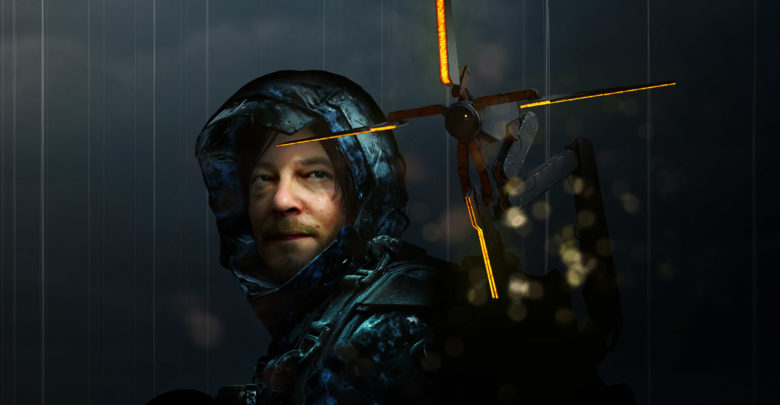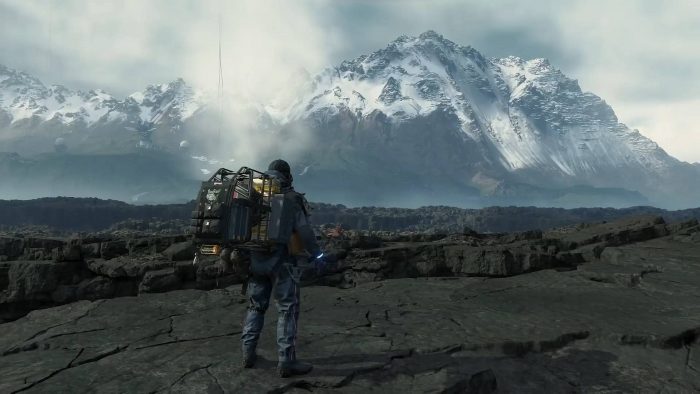Video Game Review: Death Stranding
Hideo Kojima's newest game explores themes of isolation and connection in one of the most rewarding gaming experiences of 2019
 Kojima Productions
Kojima ProductionsI spent a good chunk of Reading Week completing the 30+ hours long campaign of Death Stranding, the latest from video game auteur Hideo Kojima. A lot of that time involved making my character hike through long stretches of plains, hills, and mountains. While this may sound awfully boring, it was actually one of the most rewarding game experiences I’ve had in the last couple of years.

In a post-apocalyptic United States that was devastated by an event called the “Death Stranding,” delivery man Sam Porter Bridges (Norman Reedus) is tasked by the American government to travel from outpost to outpost, bringing them supplies and connecting them to the chiral network (basically the internet cloud) by the use of a Q-Pid (a series of USB-shaped keys tied together on a necklace). However, this task is complicated by the fact that the world of the living and the dead seem to coexist. Along his way, Sam must avoid and fight off Beached Things (BTs), which are essentially the souls of the dead roaming the earth tethered to the world of the living by umbilical-cord-like cables. Fortunately, Sam possesses the useful ability of coming back from the dead, as well as a BB, a Bridge Baby, which is a baby in a jar that is able to sense the presence of BTs.
Death Stranding is entrenched in complex lore that the game explains in bits and pieces. Even after finishing it, I still have many questions, and some of the core concepts still make little sense to me. If you are looking for a clear and coherent game, this isn’t it. Instead, Death Stranding is a gaming experience like no other from start to finish — a journey into both solitude and human connections.
Thanks to the game’s unique multiplayer component,
Furthermore, you can share your personal equipment, like health packs, weapons, and ladders in private lockers in the game’s many safehouses and outposts. The result is that even though you are always playing on your own, you have the support of other players to help you in your journey, and you yourself help others just by playing the game. Your footsteps leave marks that other players can then follow, and the ropes, ladders and bridges you build can then be used by others.
I found this experience of cooperation incredibly satisfying. Even though the contributions of other players were invaluable in me finishing this game, I still reached the ending feeling like I had accomplished something myself: I had journeyed across a massive map, stumbled over rocks and ridges while carrying heavy supplies on my back, and helped others in their own journeys. While the story of Death Stranding still retains some mysteries for me, it also had many exciting and inspiring revelations that kept me invested throughout, and still h
I will eagerly keep playing this game in the weeks and months to come, as I still have many side quests to do, packages to deliver, and outposts to discover. America may be connected once more, but there are still countless more connections, both literal and figurative, that I can make in Death Stranding.




